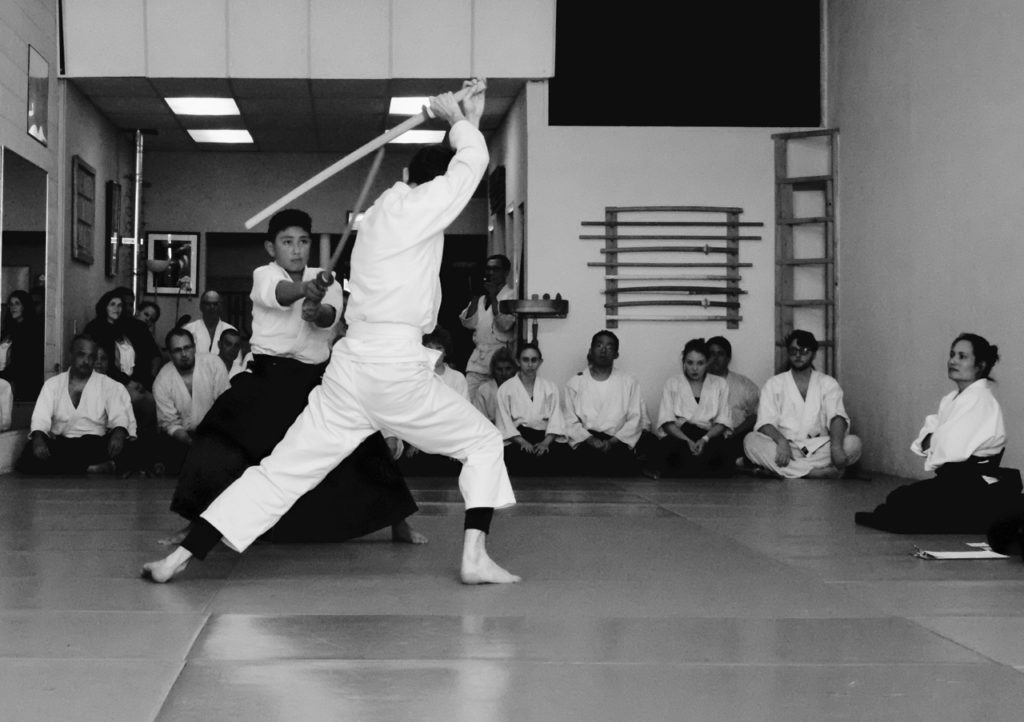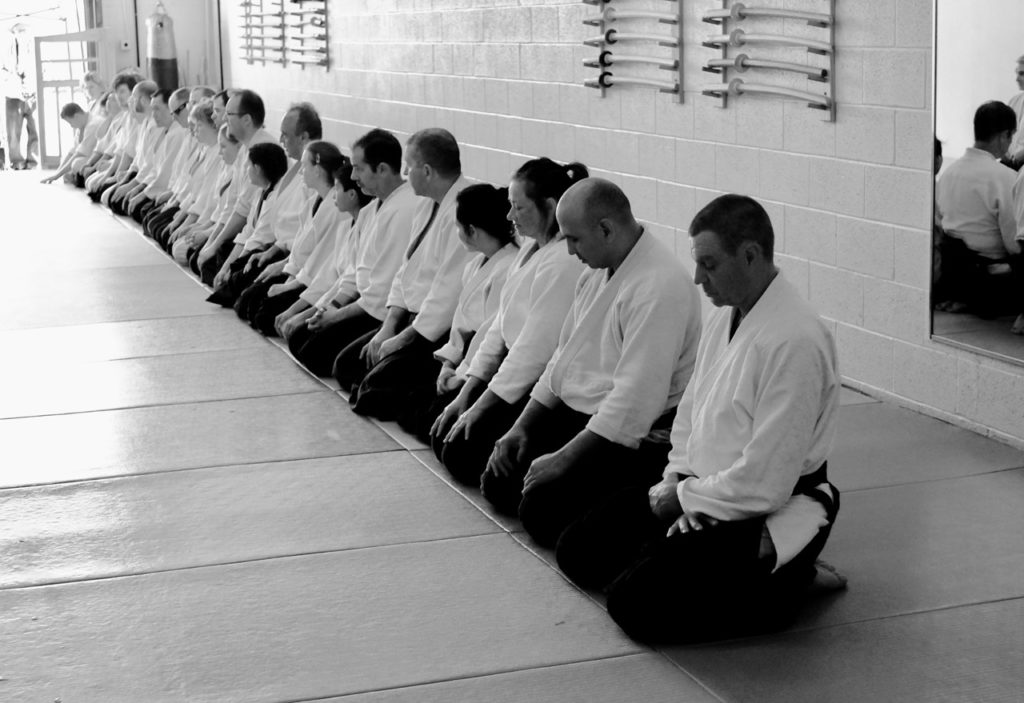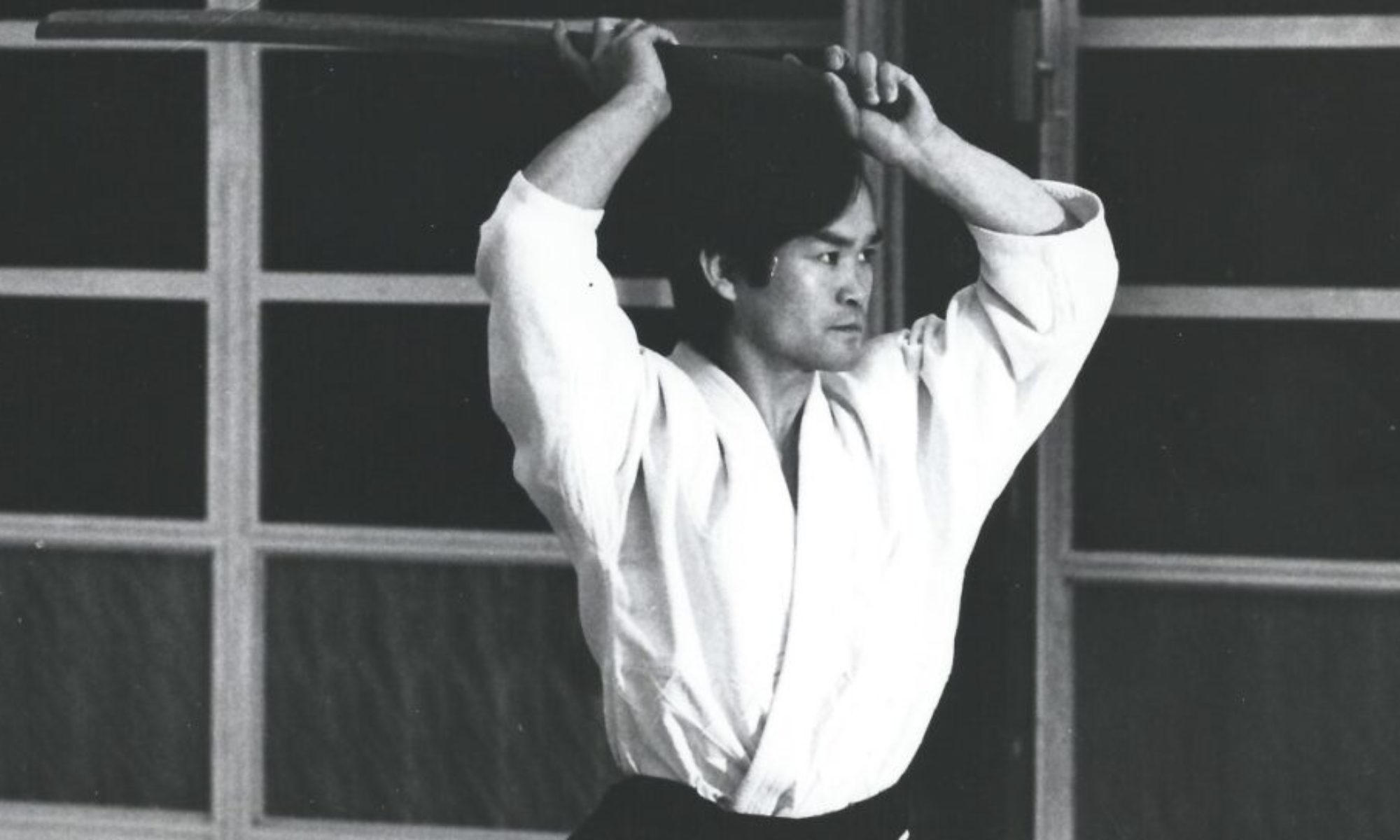
Congratulations to Aikido of Albuquerque, which celebrated its 10th anniversary with an intensive seminar April 20-22. Chief instructors Philip and Bernadette Vargas were joined by Birankai teachers from across the Southwest in 16 hours of training that focused on the four pillars of Aikido laid out by Chiba Sensei: Aikido, weapons, Zazen and Iaido. (The new header image above is of the Aikido of Albuquerque shomen.)
 Capping off the seminar were kyu tests that included Summer Camp veteran Mateo Vargas earning promotion to 1st kyu. Congratulations to all! See more photos of the event at the Aikido of Albuquerque Facebook page.
Capping off the seminar were kyu tests that included Summer Camp veteran Mateo Vargas earning promotion to 1st kyu. Congratulations to all! See more photos of the event at the Aikido of Albuquerque Facebook page.
Aikido of Albuquerque is an outstanding dojo with offerings including Continue reading “Celebration in Albuquerque”
